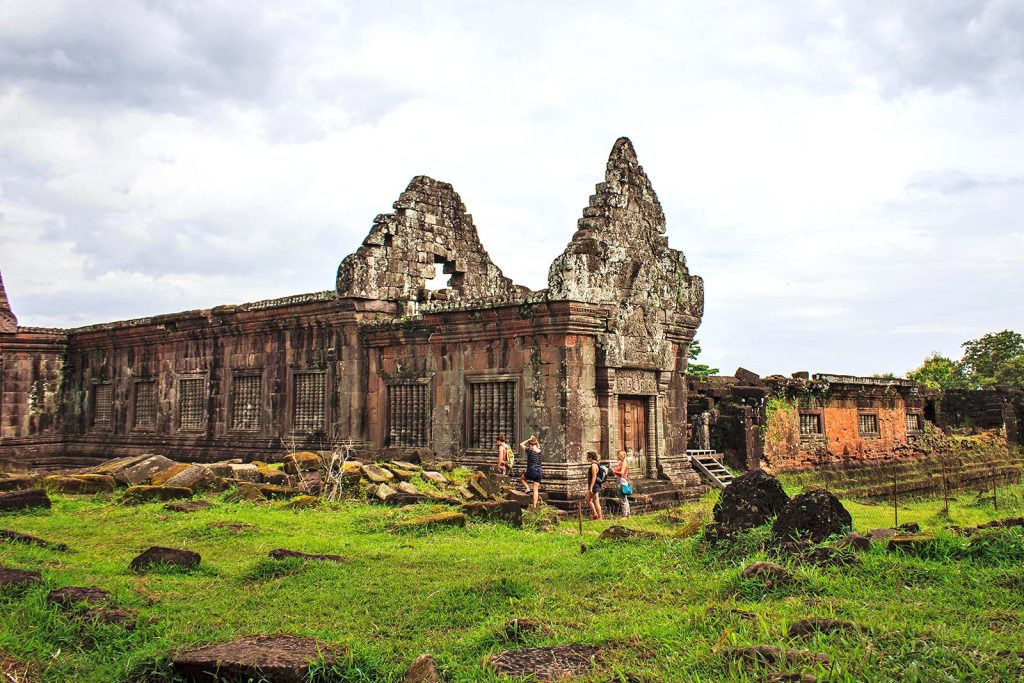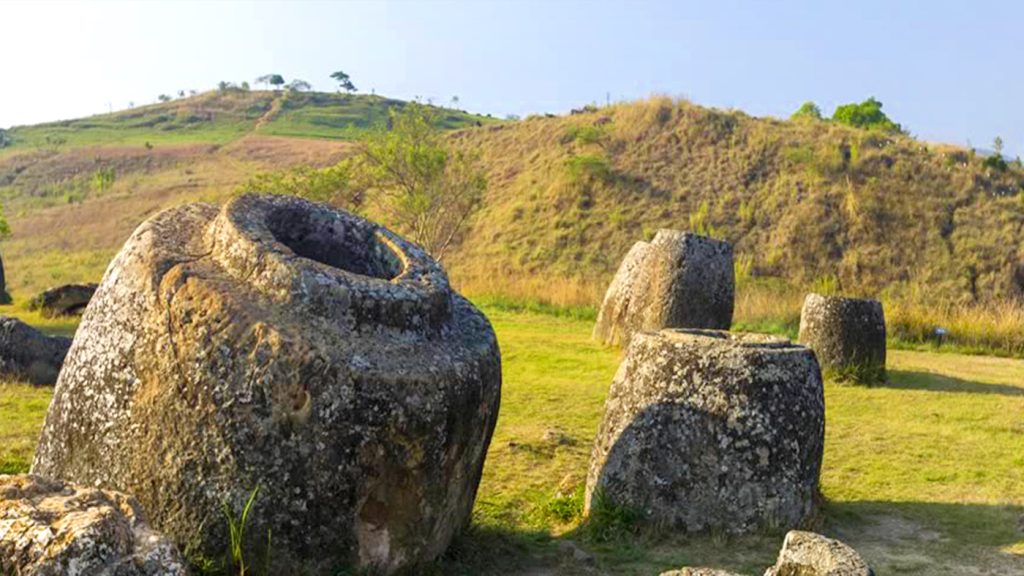Welcome to Luang Prabang
Historical Overview
Founded over 1,200 years ago at the confluence of the Nam Khan and Mekong Rivers, Luang Prabang served as the capital for several kingdoms. The city, originally known as Muang Sua, Xieng Thong, and Lane Xang, now bears the name Luang Prabang, derived from the Pha Bang. This revered Buddha image is displayed at the National Museum.
Cultural Significance
Luang Prabang stands out for its blend of temples, traditional architecture, and colonial buildings. The city remains a vital hub for politics, education, and trade in Northern Laos. Visitors enjoy vibrant markets that offer fresh wild mushrooms, hand-woven textiles, and local dishes. Notable landmarks include Wat Xieng Thong, Wat Mai, Wat Visoun, Souphanouvong University, and the Teacher Training College. The Mekong River plays a crucial role, with traditional boats and modern jets using its waters.
Geographical Location
Luang Prabang Province sits in northern Laos, bordering Oudomxay, Phongsaly, and Houaphanh to the north; Vientiane and Xayabouly to the south and southwest; and Xieng Khouang to the east. The province has around 400,000 residents from eight distinct ethnic groups. The Kmhmu (or Khmu) make up the largest group, comprising about 44% of the population. The Hmong represent 16%, while lowland Lao people, making up 39%, primarily live in the valleys and the town.
Historical Development
Archaeological evidence shows that people have inhabited Luang Prabang since at least 8,000 BC. In the 14th century, King Fa Ngum established the first Lao kingdom, Lane Xang, here. He unified the lands of modern Xieng Khouang, the Khorat Plateau, and Luang. Initially called Muang Swa, the city became Maung Xieng Dong Xieng Thong by 1357. King Fa Ngum received the Phra Bang Buddha image from the Khmer monarchy, which led to the city’s current name, Luang Prabang.
Modern Era and Restoration
Luang Prabang served as the capital of Lane Xang until 1560, when the capital moved to Vientiane. Despite this shift, Luang Prabang remained a major religious center. During the mid-17th century, King Surigna Vongsa’s reign brought Western contact. After Lane Xang split into three kingdoms in 1694, black flag bandits caused significant destruction in the late 19th century. King Sisavang Vong (1904-1959) initiated restoration and beautification projects, resulting in a blend of French-influenced buildings with Lao, Tai Lue, Burmese, Chinese, and Tai architectural styles


